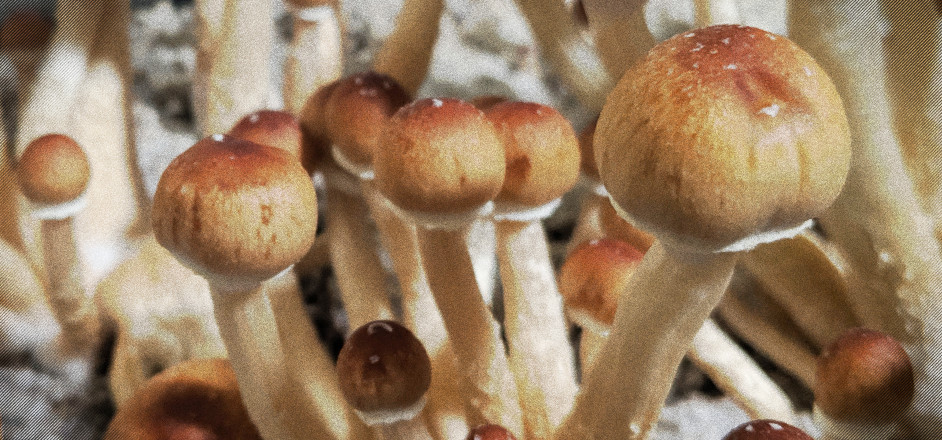Americans are trying all kinds of drugs.
In 2018, about 1.1 million Americans tried "hallucinogens" for the first time, the government said — including a record number of older adults.
Hallucinogen is Uncle Sam's word for drugs like LSD, DMT, molly, ketamine and mushrooms — more often called psychedelics.
There were more than 3,000 new psychedelic users each day, a new user every 30 seconds.
The numbers come from the National Survey on Drug Use and Health, in which the government interviewed about 70,000 people face-to-face. It's more or less the government's best data on drugs.
What's interesting isn't just the sheer numbers of Americans trying psychedelics. (In 2017, 1.2 million people tried hallucinogens, actually less than in 2018.) It's the age at which people are trying these drugs.
Historically, drug experimentation — booze, pot, meth — is a teen and young adult thing.
And that's also true with psychedelics today, but less so. People over 26 are increasingly taking an interest.
An estimated 234,000 adolescents and 632,000 young adults tried psychedelics for the first time in 2018. That's down from 2017, in which the numbers were 344,000 and 683,000, respectively.
To repeat: people under 26 are trying and using psychedelics significantly less often.
Meanwhile, for adults over 25, 167,000 tried hallucinogens in 2017. In 2018, that number went up to 250,000.
That's an almost 50 percent increase in people over 25 trying psychedelics for the first time.
The data might not be perfect. It requires Americans tell the truth about drug use — an illegal act — when face to face with a government agent. It's possible the government is just wrong; it's also possible American adults over 25 were just 50 percent more honest about their psychedelic use.
But we are in the middle of a psychedelic resurrengence, in which these formerly taboo drugs are finding respectability, like mushrooms were decriminalized in Denver and ecstasy therapy is nearly legal.
"When we look at hallucinogen use, we see a decline in adolescent hallucinogen use [and] a decline in young adult hallucinogen use," Dr. Elinore F. McCance-Katz, assistant secretary for mental health and substance use, said in a webinar about the data. "We see significant increases in hallucinogen use by adults."
About 1.3 percent of adults over 25 used hallucinogens last year. That's a lot higher than it was in 2015, when the number was .8 percent.
That's a 62 percent increase in American adults who use psychedelics in a given year.
Again, these numbers may be off; people often lie to the government about their drug use. And the numbers are small enough — from .8 to 1.3 percent — that the data isn't robust.
Still. It's quite a jump.




Leave a Reply
You must be logged in to post a comment.